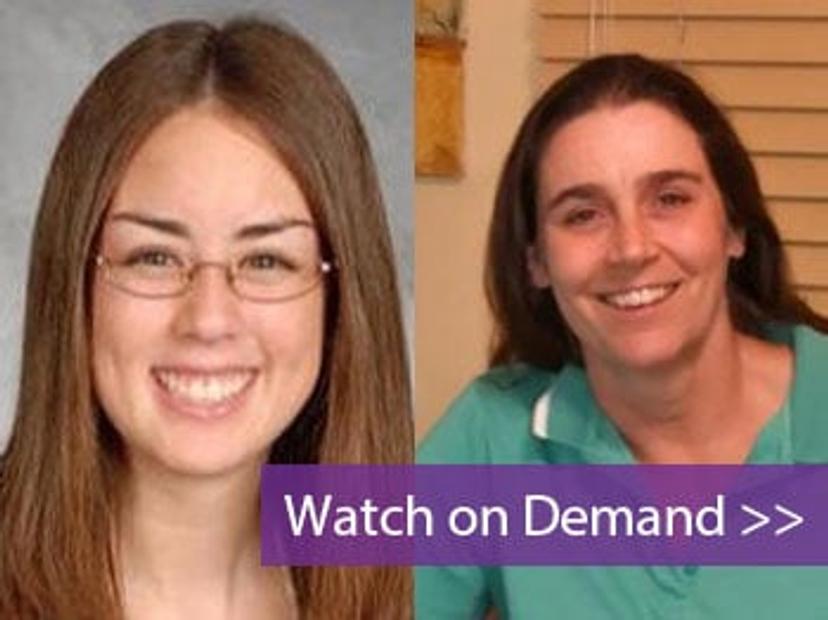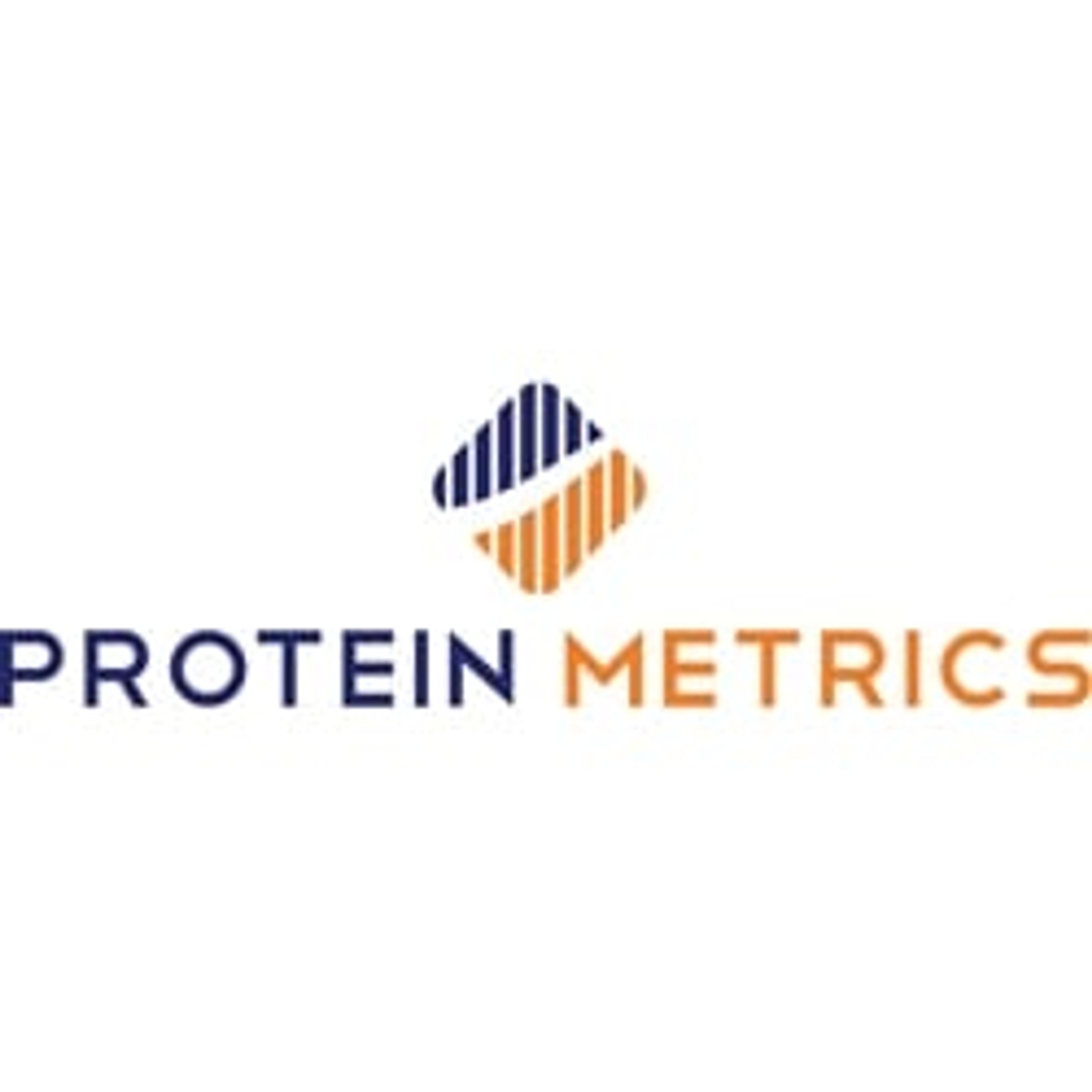Comprehensive adeno-associated virus critical quality attributes analysis with LC-MS
In this on-demand webinar, explore how mass spectrometry can confirm the identification of AAV capsid proteins at the intact and peptide level
12 Apr 2021

Adeno-associated viruses (AAVs) are the main viral vectors for gene therapy and have been successful in treating inherited retinal diseases and spinal muscular atrophy. An AAV is composed of an icosahedral protein shell with a single-stranded genome of approximately 4.7 kb. The intact AAVs act as a vehicle to protect and deliver oligonucleotide therapeutics. As AAVs continue to be explored as therapeutic delivery platforms, it is vital to ensure that all the critical quality attributes of the therapeutic product are maintained.
In this on-demand SelectScience® webinar, Dr. Wendi Hale, LC-MS applications scientist at Agilent Technologies, and Dr. Michelle English, customer success scientist at Protein Metrics, highlight a workflow to characterize AAVs at the intact and peptide level, including PTM identification, host cell protein analysis and sequence variants.
Read on for highlights from the live Q&A session or watch the webinar at a time that suits you.
Watch on demandQ: What column and mobile phase were used for intact AAV capsid protein analysis?
WH: For the intact analysis I used an Agilent column; it was the Zorbax 300 diphenyl column, 2.1 by 150 millimeters. So, this is what I found to be the best. I've also tried a couple of different columns. My second favorite would have been the StableBond C18 Zorbax column. Other columns that I used didn't work as well. And then the mobile phase was plain and simple water with .1% formic acid for A, and then acetonitrile with .1% formic acid for mobile phase B.
Q: At what concentration and volume of AAVs did you use for the peptide analysis?
WH: My samples varied. Most of them were usually like 1x1012 or 1x1013 capsid per milliliter. I know that's not an exact concentration, but that's what you get when you're working with AAVs. And then for the peptide analysis, I did about a 40 microliter injection. And I know I could have gotten away with a little bit less. But the AAV sample was so precious, so I wanted to make sure that it would definitely work, I didn't have to work on optimizing different volumes.
Q: How do you know that certain modifications, like phosphorylation for example, occur on the VP1 subunit specifically if VP2 and 3 have the C-terminus to the reconstruction?
ME: For the reconstruction, we got a little bit lucky actually, in that most of the phosphorylations were N-terminal. So, as pieces of the N-terminus were clipped off, we saw fewer and fewer of the phosphorylations. Having said that, if we did have C-terminal modifications, from the mass spec data we really don't know which is which. That's where some of that curation would come into play. In this case, anything that was sort of C-terminal I left in place in all the molecules. You may have seen that there was a little bit of extra deamidation probably, I left that in place all throughout the molecule and it maybe didn't belong everywhere.
Q: Please elaborate on the separation/mass spectrometry hardware strategies for HCP analysis — is the HCP analysis done on empty capsids?
WH: The HCP analysis was done on empty capsids. For the separation, I just did a longer gradient, about an hour gradient, and then on our peptide mapping column. And for MS, I did employ the iterative MS/MS approach. So again, you do your first injection, everything is normal, as with a normal MS/MS experiment. And then on the second run, it will automatically exclude any precursors that it selected from the first run, so then you can really get deeper into the peptides that are available and are able to isolate and fragment those lower-abundance peptides.
Q: Can you exemplify the usage of intact mass spectrometry reconstruction from pep map results? Eventually, is it the experimental intact profiles that matter?
ME: I am going to say yes, of course it's the experimental intact results that matter. The purpose of the reconstruction really is whatever you want it to be, first. But it's to help rationalize those two sets of data.
In the example that I showed of the shoulder, and even the ones that didn't have the shoulder, there was a little bit of an asymmetry to the leading side. So, you might be able to say, ‘Is that something going on with my instrument or is there some reason for that asymmetry?’ By rendering the peptide mapping data on that, you'll see that there are masses under there that are not big enough to cause maybe a lump, but there's certainly enough to cause an asymmetry in your intact data. And you can start seeing that and explore your data more.
Q: For sequence variance analysis, how many different enzymes did you use? Can you also share which ones you used?
WH: The AAV is really, really precious. So, although I would love to run lots of analyses, I had to do it all in one. Initially, when I read the data, I meant for it to be just for peptide mapping and I was hoping to do larger volume injections later for the HCP and sequence variant analysis. But, unfortunately, I wasn't able to get more samples so I just did the HCP and sequence variant analysis with my peptide mapping data. With that being said, I just used the two different enzymes, trypsin and Asp-N.
Q: Can you use your method for all serotypes?
WH: For the LC-MS part I would say yes, definitely for the mass spec part. For the chromatography part, some of the serotypes act a bit differently, so you may need to adjust your chromatography a little bit. And then actually in my colleague's new application note, he used two different LC methods for the different serotypes that he used.
ME: I don't know as much about other serotypes because I've mostly looked at Wendy's data, but I don't see any reason why you couldn't use that in our software. If you can get the mass spec data and you can bring in the sequences, you can do the analysis.
Q: How long does it take to process the whole raw data set?
ME: It's going to vary a little bit depending on the size of the input mass spec file and then the size of the database. You would find that the SVA search and the PTM search probably ran quite a bit faster than the HCP search.
WH: Yes, I agree with that. The intact took just a few minutes, like maybe two or three. For the peptide mapping, I think because I used two enzymes, and I put a couple of runs to the trypsin search, a couple of runs to the Asp-N search, I think it took a little bit longer. It took maybe 20 minutes or half an hour for each. And then the HCP took maybe 30 minutes.
ME: It can vary quite a bit. You can do a PTM search in probably 10 minutes from start to finish. An HCP search, depending on how many things you find, how deep you're diving into it, honestly some of them can run a few hours. So it's going to be a wide spectrum, but a PTM search is going to be relatively quick. HCP is going to take you quite a bit longer.
Learn more about the analysis of critical quality attributes for adeno-associated viruses: Watch the webinar on demand here>>
SelectScience runs 10+ webinars a month across various scientific topics, discover more of our upcoming webinars>>

